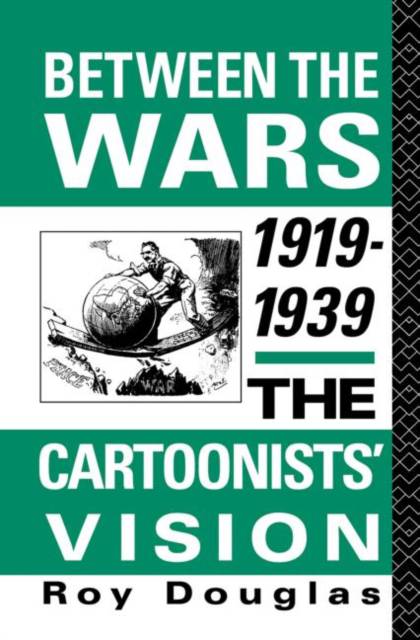
- Afhalen na 1 uur in een winkel met voorraad
- Gratis thuislevering in België vanaf € 30
- Ruim aanbod met 7 miljoen producten
- Afhalen na 1 uur in een winkel met voorraad
- Gratis thuislevering in België vanaf € 30
- Ruim aanbod met 7 miljoen producten
Omschrijving
First Published in 1992. `Between the wars' was the great age of the cartoon character. The adventures of Mickey Mouse, Popeye, and Donald Duck were followed avidly by millions. Even the political leaders of the grim world of the 1920s and 1930s were known to millions as cartoon characters - gawky, bespectacled Woodrow Wilson, the balloon-like Mussolini, and the moustache men Hitler, Stalin, Neville Chamberlain and Ramsay MacDonald.
Comic, mordant, and irreverent, political cartoons reveal more about popular concerns in the world of the slump, of rising nationalism and aggression, than either official documents or the work of most journalists. Published in newspapers or magazines with a wide circulation, they `made sense' to the ordinary reader. More than half a century on, that sense of immediate identification has been lost, and political cartoons of the period now need detailed explanation.
Roy Douglas, author of the acclaimed The World War: The Cartoonist's Vision, now applies the same skills to the interwar period. His scope is international, and he has selected his cartoons from many different countries. Douglas covers all the great political and social issues of the period as they revealed themselves through the cartoonist's eyes. His greatest gift is for concise, clear explanation, setting each cartoon into its historical context.
Throughout this book it is easy to trace the decay of hope in the 1920s, through the fear of war in the 1930s, to the determination at its end that fascism `must be stopped'. These cartoons, intended for the man and woman `in the street', in Europe, North America, in the Soviet Union and in Asia mirror their changing attitudes and beliefs, as their nations shaped up for war.
Specificaties
Betrokkenen
- Auteur(s):
- Uitgeverij:
Inhoud
- Aantal bladzijden:
- 366
- Taal:
- Engels
Eigenschappen
- Productcode (EAN):
- 9780415867573
- Verschijningsdatum:
- 28/08/2013
- Uitvoering:
- Paperback
- Formaat:
- Trade paperback (VS)
- Afmetingen:
- 156 mm x 234 mm
- Gewicht:
- 512 g

Alleen bij Standaard Boekhandel
Beoordelingen
We publiceren alleen reviews die voldoen aan de voorwaarden voor reviews. Bekijk onze voorwaarden voor reviews.









